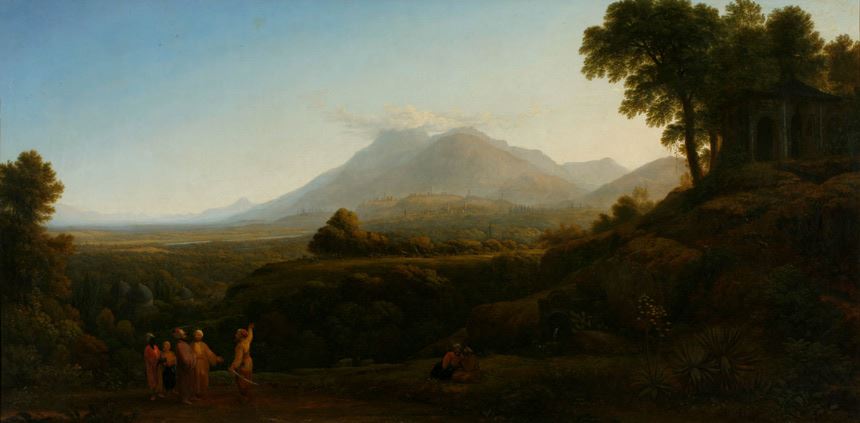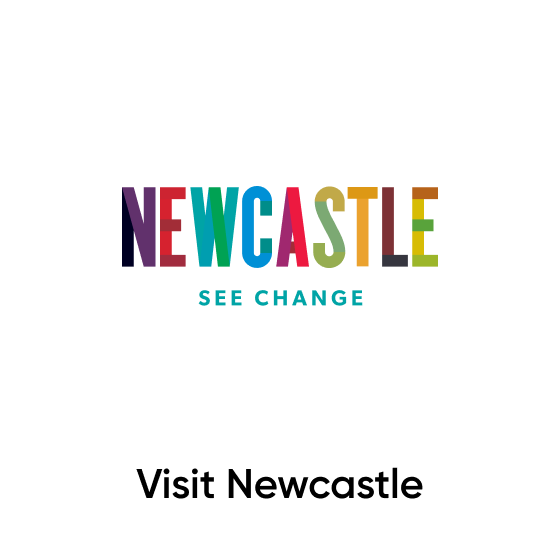THE POWER OF LANDSCAPE From the collection

Landscape painting has been an enduring part of Australian art history. In the canon of western art, landscape painting has many roles; it can be linked with the incursion of colonial powers onto a new landscape and taking possession of the land; it can be the backdrop upon which mythical stories are played out; and it can simply be the stage for observed changes of nature and light. As a means to define territory and ownership, landscape painting in the early years of Australian settlement was often an attempt to make sense of the uncontrollable and indefinable. Alternatively Indigenous Australian art making has long sought to depict landscape in terms of significant dreaming stories and connection to country.
These works from the collection traverse time and culture, incorporating 19th century works from colonial and post-colonial artists such as Joseph Lycett, John Glover, Eugene von Guérard and James Carse. A modern work by Mandy Martin from 1988 continues the tradition of landscape painting, with a grand illusory depiction of a non specific location with aspects of Turner-esque tone, colour and the transparency of light. Also included are early painted boards from Papunya near Alice Springs, an important part of the story of Australian art and the emergence of the Western desert art movement of the 1970s.
Interestingly, these works display a continuity in their representation of land and water. Von Guerard’s Lake Gnotuk, near Camperdown depicts two distinct lakes near Camperdown in Victoria, whilst Joseph Lycett’s almost topographical reading of early Newcastle clearly defines the landmarks between the growing colony of Newcastle, the ocean and Hunter River. Charlie Tawara Tjungarrayi and Mick Namarari Tjapaltjarri’s Nyinga Dreaming and Travelling story on the sandhills, depict significant land formations, campsites, waterholes and dreaming stories associated with Pintupi culture and land in the Northern Territory whilst Lloyd Rees’ ethereal landscape shows the Derwent River and distant shadow of Mt Wellington in Tasmania. Whilst Philip Wolfhagen references the sky and clouds in his paintings, Gulumbu Yunupingu’s totem and interest are the constellations in the sky.
In conjunction with Illumination The art of Philip Wolfhagen, on display upstairs, this exhibition focuses on the breadth of Australian landscape painting across time of which Tasmanian artist Philip Wolfhagen is an important part. This exhibition not only reinforces the enduring allure of landscape painting in the 21st century but also the ongoing strength and diversity of the Newcastle Art Gallery collection.













